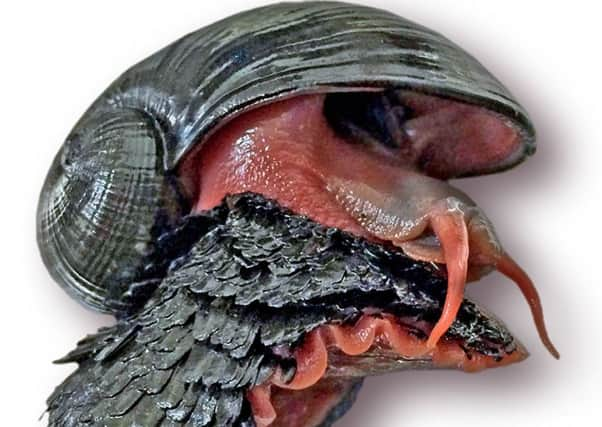Queen’s University researchers identify species at risk of extinction


The scaly-foot snail, or sea pangolin, is the first species believed to be endangered by potential deep sea mining by humans.
The team from Queen’s University, Belfast has been contributing to the first official Red List assessments of animals living in deep sea hydrothermal vents in the Indian Ocean for the last three years.
Advertisement
Hide AdAdvertisement
Hide AdThe latest research was published in the publication Nature Ecology & Evolution.
Dr Julia Sigwart, associate director at Queen’s University Belfast’s Marine Laboratory, said: “The deep sea is home to thousands of species and new species are being discovered all the time.
“These deep sea marine animals like the scaly-foot snail are out of sight, out of mind, but they are still threatened by human activities.”
The deep sea is mined for metals such as copper, aluminium and cobalt to power technology and smartphones.
Advertisement
Hide AdAdvertisement
Hide AdNew technology is currently under way to start mining the seafloor, miles below the surface, targeting the same areas that are home to some of the world’s rarest, strangest and most vulnerable animals.
Dr Sigwart said: “It is crucial we are aware of the immediacy and potential impacts of deep sea mining.
“This Red List designation for these species will enable appropriate international protection for the most vulnerable of creatures.”